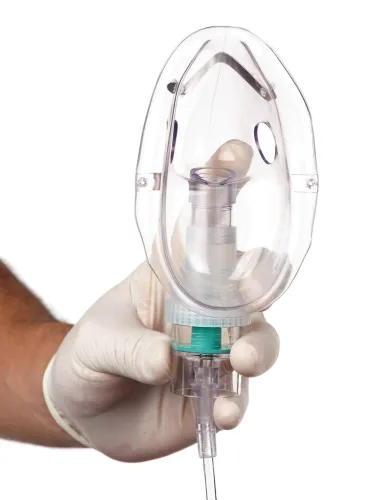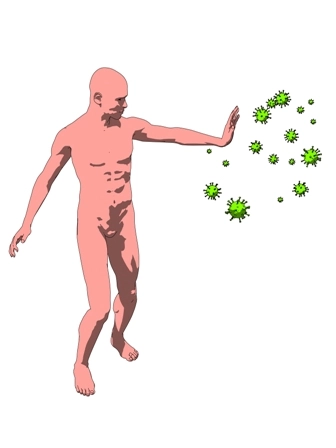Pediatric Coding Alert
Reader Question:
Sunburn Coding Depends on Severity, Treatment
Published on Thu May 05, 2016

You’ve reached your limit of free articles. Already a subscriber? Log in.
Not a subscriber? Subscribe today to continue reading this article. Plus, you’ll get:
- Simple explanations of current healthcare regulations and payer programs
- Real-world reporting scenarios solved by our expert coders
- Industry news, such as MAC and RAC activities, the OIG Work Plan, and CERT reports
- Instant access to every article ever published in Revenue Cycle Insider
- 6 annual AAPC-approved CEUs
- The latest updates for CPT®, ICD-10-CM, HCPCS Level II, NCCI edits, modifiers, compliance, technology, practice management, and more
Related Articles
Other Articles in this issue of
Pediatric Coding Alert
- ICD-10:
Latest ICD-10 Updates Offer Several New Pediatric Diagnoses
List of suspected—but ruled out—pediatric conditions has grown. The CDC has posted a preliminary list [...] - Screening Tests:
Avoid 99211 for PKU Tests
Plus: Pay attention to who actually performs the lab test. Pediatricians perform phenylketonuria (PKU) screening [...] - Privacy:
HIPAA Audits Impacting Practices Nationwide
Prep now in case you get the call. You’ve been hearing for years that HIPAA [...] - Reader Question:
Get More Details for Otitis Media Dx
Question: We are at a loss regarding how to report otitis media for a two-month-old baby. [...] - Reader Question:
Buddy Taping Counts as Strapping
Question: A patient reported to our office limping badly after falling off the jungle gym at [...] - Reader Question:
Get the Details on 'New' Patients
Question: An intensive care physician asked my pediatrician to see a premature newborn who was having [...] - Reader Question:
Sunburn Coding Depends on Severity, Treatment
Question: Our physician treated a four-year-old patient with a bad sunburn. We were going to report [...] - Reader Question:
Look to 94010 for Spirometry
Question: A 14-year-old established patient presented for a follow-up visit after an episode of respiratory distress [...] - You Be the Coder:
SA Modifier May Not Be Required
Question: We employ a nurse practitioner (NP) at our office, and when she provides supervised services, [...]
View All




